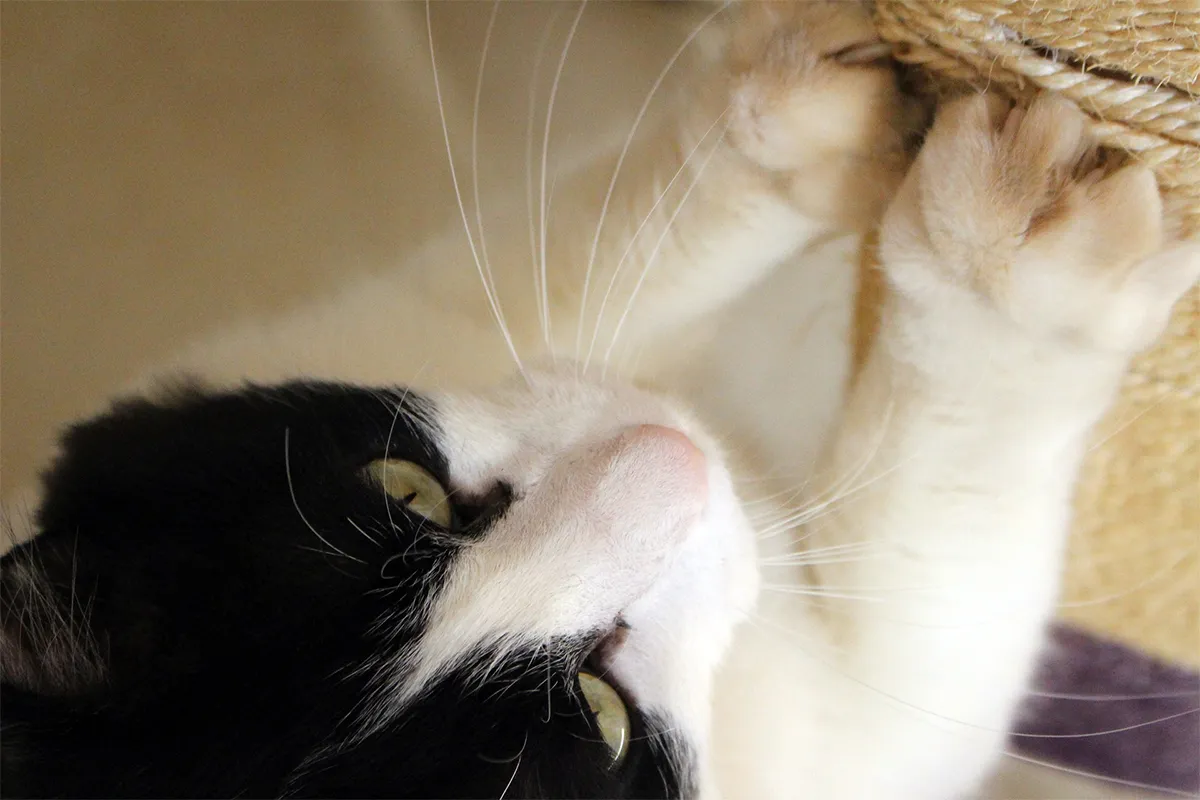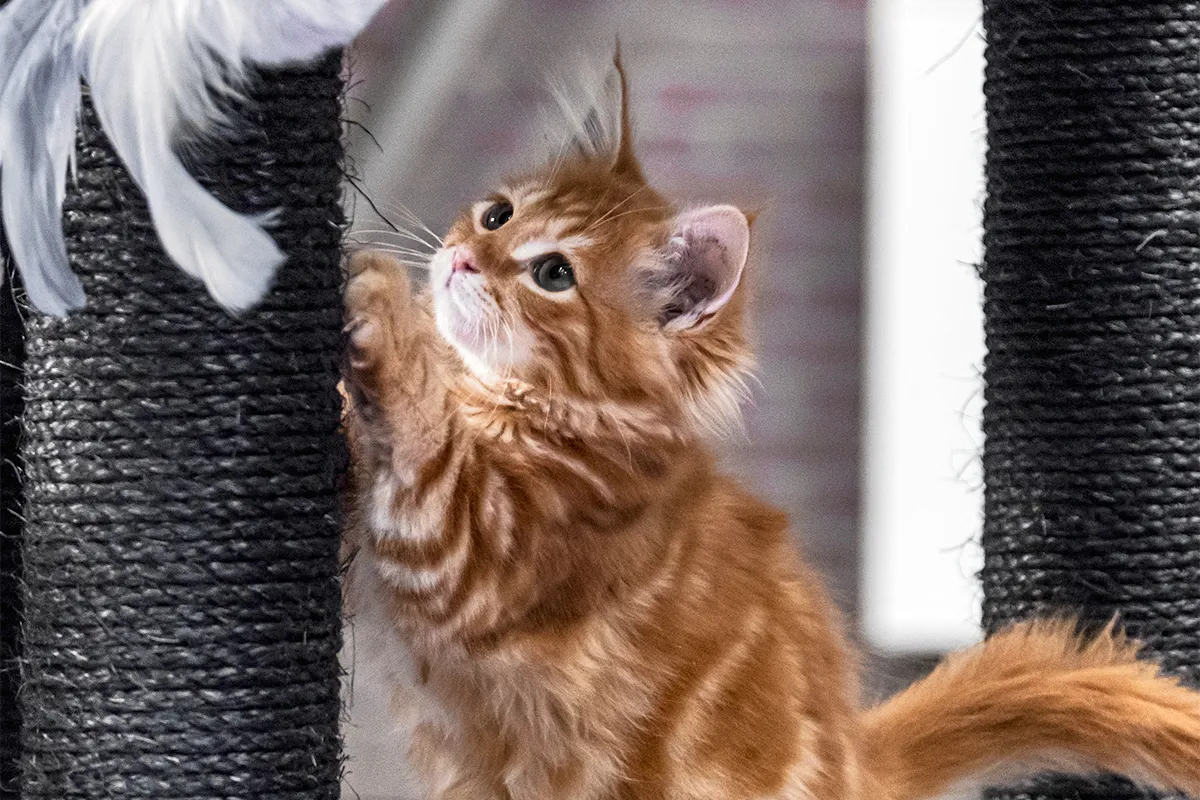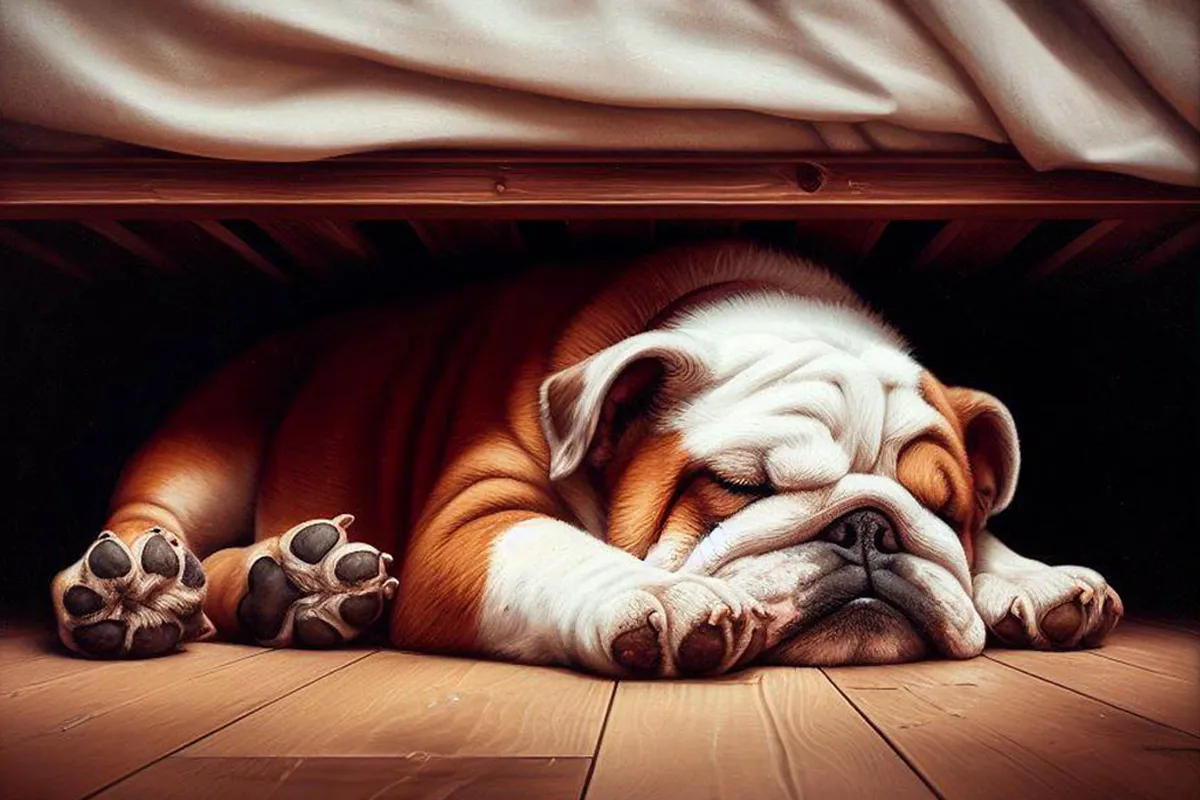Table of Contents:
- Why Do Cats Scratch Furniture?
- Understanding Your Cat’s Needs
- When Scratching Becomes a Problem
- How to Prevent Your Cat from Scratching Furniture

Why Do Cats Scratch Furniture?
Have you ever caught your cat in the act of scratching your sofa? One common issue when it comes to cats is their penchant for using their claws, which can have a destructive effect, especially on furniture. In this article, we’ll discuss what you can do to prevent your cat from scratching your furniture, particularly the sofa. We’ll also delve into the reasons behind this behavior and explore ways to correct it while ensuring your cat’s biological needs are met. Let’s dive in.
Understanding Your Cat’s Needs
Before offering tips on preventing your cat from scratching furniture, especially the sofa, it’s essential to understand what drives this behavior. To do so, we need to consider your cat’s natural habits and biological behaviors.
Cats are predatory carnivores that typically live independently within a more or less extensive territory. To maintain their agility and speed for hunting, they rely on their claws. Besides their dietary needs, cats use scent marking to establish their territory, utilizing pheromones. Although undetectable to the human nose, these substances play a pivotal role in feline communication.
These substances are used to mark their territorial boundaries, much like the marks left by scratching. Cats leave visible and odorous marks in strategic locations, using their paws during the scratching process. Additionally, by scratching, they shed old nail sheaths, which can often be found in their preferred scratching spots, such as the sofa.
While felines have become our indoor companions, these biological behaviors are carried over from their natural environment to our homes. It’s crucial to recognize that cats don’t scratch furniture to annoy us; they are responding to their communication needs.

When Scratching Becomes a Problem
We’ve established that scratching is a normal feline behavior with essential communication functions. However, there are times when scratching can become problematic, extending beyond the risk of furniture damage. In such cases, you may notice your cat scratching in various locations, often near windows or doors, urinating or defecating outside the litter box, hiding, reduced or changed eating habits, and more.
If you observe any of these changes in your cat’s behavior, the first step is to consult a veterinarian to rule out any underlying health issues. If your cat is healthy, stress could be the culprit, and it’s essential to identify the source of stress, which could be related to poor adaptation, boredom, environmental changes, or the arrival of new family members. Addressing stress-induced marking depends on pinpointing the root cause, highlighting the importance of a proper diagnosis. Seeking advice from a feline behavior professional, such as a specialized veterinarian or ethologist, can be beneficial.
Now, let’s explore what you can do to prevent your cat from scratching the sofa and other furniture.
How to Prevent Your Cat from Scratching Furniture
So, what steps can you take to prevent your cat from scratching the sofa and other furniture? It’s crucial to seek advice from a feline behavior expert and closely observe your cat’s daily routines while identifying the triggers for the behaviors you wish to modify.
One fundamental aspect that contributes to your cat’s happiness and reduces stress is environmental enrichment. This entails providing your cat, even in a smaller living space, opportunities to exhibit natural feline behaviors, such as climbing, jumping, hiding, resting, and playing. Even in cozier homes, you can create attractive environments by arranging shelves or furniture in a way that allows your cat to move up and down freely.
Scratching posts are another essential element. There’s a wide variety of models available, differing in size and height, from sophisticated options to basic vertical posts on a stand. If you have more than one cat, it’s advisable for each to have their scratching post. Alternatively, you can create one yourself using wood and rope if you’re handy. Massage centers, hammocks, a variety of toys, and igloo beds are also available for purchase, serving as great hideaways. Don’t forget about homemade entertainment options, such as cardboard boxes, paper balls, and ropes.
In addition to environmental enrichment, you can follow the following recommendations and tricks to prevent your cat from scratching the sofa and other furniture or urinating inappropriately due to stress:
- If you catch your cat engaging in undesirable behavior, firmly say “no” without shouting. Avoid punishment or physical aggression under any circumstances.
- To encourage your cat to scratch in appropriate places, place an old shirt or any fabric with your scent on the scratching post.
- Position scratching posts in your cat’s favorite areas, where you notice them scratching or resting, as they tend to scratch upon waking and stretching.
- If your cat has already scratched a piece of furniture or a rug, try to move it and place a scratching post in its spot. The same applies if your cat consistently urinates or defecates in a particular area, and you can position the litter box there.
- There are products on the market designed to redirect your cat’s behavior and encourage scratching. These products work with pheromones and visual cues, attracting your cat to scratch in the desired location when applied to the scratching post.
- Diffusers or sprays containing calming pheromones can be used when marking is due to stress. These products can be applied to the environment or specific areas.
- Regarding the litter box, it’s recommended to have one for each cat in the house, plus one extra. Keep it clean, in a quiet location, and use the litter your cat prefers.
By following these recommendations and providing an enriched environment, you can effectively prevent your cat from scratching your furniture and ensure a happy and healthy feline companion. Remember, understanding your cat’s needs is key to fostering a harmonious relationship.


